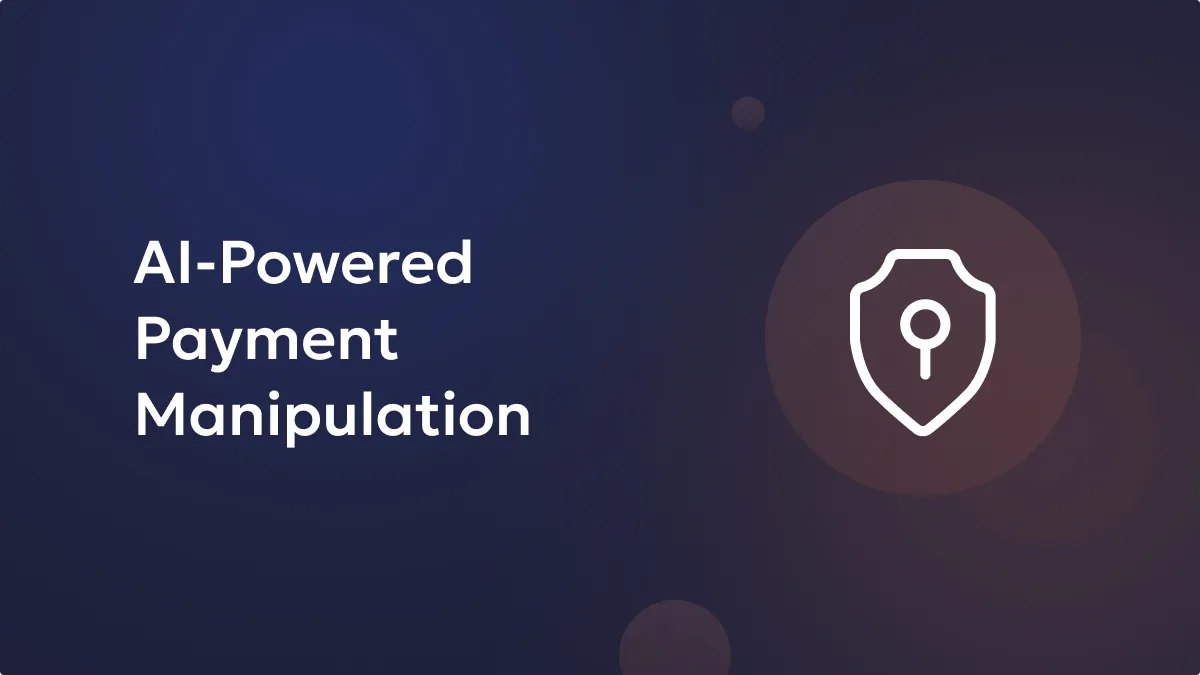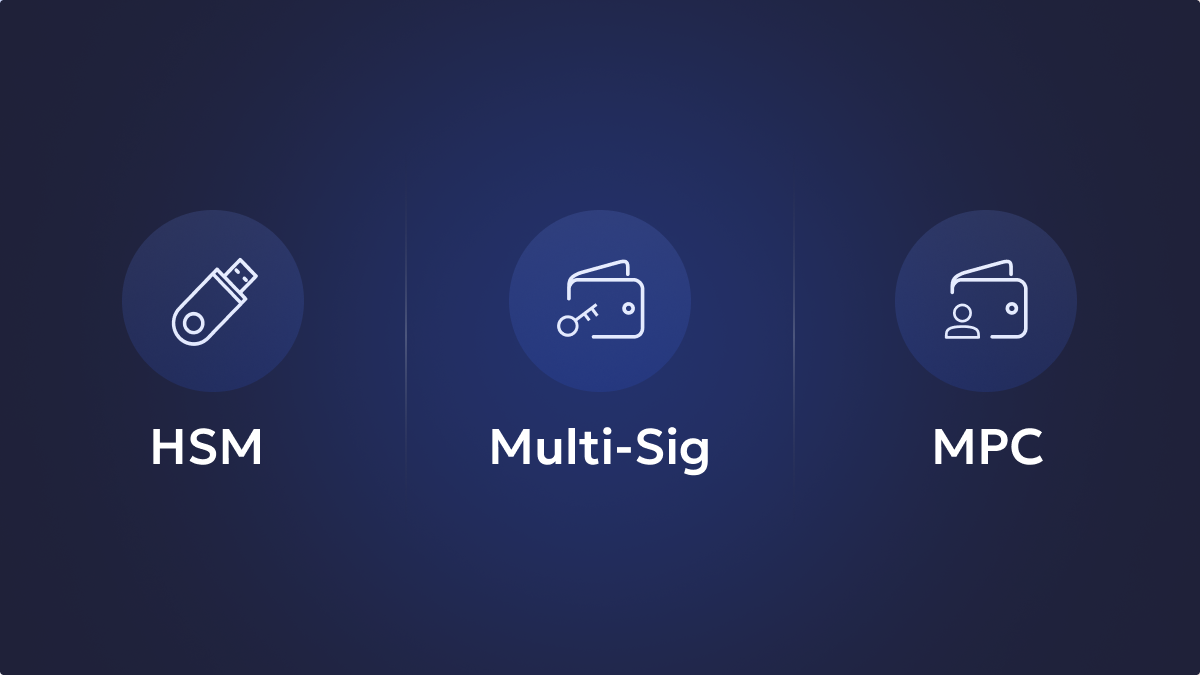Staking is a prominent part of the Proof-Of-Stake consensus mechanism. It provides a reliable alternative to Proof-Of-Work consensus that defined how a blockchain adds a block and how it rewards the validators for those transactions. Plus, blockchains that rely on staking crypto mechanism help address some of the critical infrastructural issues associated with the older consensus mechanisms such as PoW. In the following sections, we explore all the concepts related to crypto staking in-depth.
Key Takeaways
- Staking helps keep the blockchain operational, confirm transactions, and ensure network security.
- Crypto staking lets you earn rewards for holding onto a particular type of crypto token for a specific period.
What Is Staking?
Staking is depositing and locking up your cryptocurrencies for a determined period on a blockchain. The participants validating transactions earn block rewards for staking their funds. You can only stake your tokens on a blockchain network that relies on the Proof-of-Stake (PoS) consensus mechanism. The best crypto staking provides you with the opportunity to earn newly minted crypto coins as a reward for your staked coins.
Unlock the potential of digital assets for your institution
How does staking work?
To better understand crypto staking, it’s essential to know how the PoS consensus mechanism functions. But, before that, it is critical to note that the PoS consensus mechanism differs from the Proof-of-Work (PoW) mechanism.
In the PoS mechanism, the participants are required to stake a certain amount of cryptocurrency as collateral. Later, the blockchain protocol opts for a participant based on the size of their fund holding and the net duration of their stake. Once chosen, the participant can append the latest transaction data to the block and receive rewards for staking crypto.
The rationale behind staking assets is fascinating. The staked collateral (deposited funds) safeguards ensure that transaction validators perform their operations in good faith towards the blockchain network.
Secure and manage your digital assets with Liminal
There are penalties associated with violations of the network rules. If, in case, the validator commits minor protocol breaches, such as being offline for a significant period, they will face penalties from the network. On the other hand, if the validator validates invalid transactions, the blockchain network will burn a portion of its crypto stake. This process is also known as a slashing event.
What is Proof of Stake?
Proof of Stake (PoS) is an algorithmic consensus mechanism used by blockchain networks to validate transactions and add new blocks to the ongoing or mainchain. Before understanding PoS, you are required to understand what PoW is. The PoW mechanism requires miners to perform complex mathematical computations to validate transactions and add new blocks to the main chain. This is not the case with PoS. PoS algorithm assigns the task of validating transactions and adding new blocks to nodes or participants based on their staked coins. In PoS, the more a validator crypto stakes fund, the more likely they are to be picked by the algorithm to validate transactions. The participants are rewarded with transaction fees and newly minted cryptocurrency for their participation throughout the crypto staking and validation process.
Energy Consumption
In terms of energy efficiency, PoS outperforms PoW on every metric. PoW stands for proof of work, the consensus mechanism the Bitcoin network uses. Ethereum (ETH) and Solana (SOL) are among the best staking crypto protocols. In a PoW system, miners require significant electricity to support computationally heavy tasks. They need to use a large amount of computational power to validate transactions. The entire validation process is environmentally harmful and costly.
Security concerns
Security and reward are among the few more advantages of Staking with the best crypto-staking platform. PoS mechanism makes it much more difficult for hackers and malicious actors to pull off a 51% attack on the network. The most considerable risk associated with a consensus mechanism is the 51% attack. In a PoW, a miner with 51% of the network’s computational power could potentially take complete control of the infrastructure and manipulate blocks. On the other hand, with PoS, the hacker would need to acquire 51% of the network’s staked funds to get complete control over the infrastructure. This makes attacking a PoS-based network much more expensive in comparison to PoW.
PoS’s Limitations
There are risks of staking as well. PoS suffers from a “nothing-at-stake” problem. In PoS, validators have no significant incentives to cooperate. Sometimes, validators are required to validate multiple chains simultaneously. On top of that, PoS demands validators to lock a substantial amount of their crypto funds, which could result in centralization and might limit participation.
The advantages of Staking
Earning potential
Staking cryptocurrency is becoming an increasingly popular method for long-term holders. It allows them to put their digital assets to work and generate recurring earnings instead of letting them gather dust in their crypto wallets.
Security and support
The best staking crypto protocols allow you to contribute to the security and efficiency of the blockchain projects you support. Opting for the best staking crypto platform can help make the blockchain protocol more resilient against potential attacks and enhance its transaction processing capabilities.
Get more tokens
There are crypto projects that award “governance tokens” to staking participants. Governance token provides participants with voting rights on issues related to the further development and operations of the blockchain project. This offers an additional opportunity for participants to have a say in the direction and management of the projects they support.
The risks of staking
Lock in period
Staking frequently entails a lockup or “vesting” period during which your crypto cannot be transferred or liquidated for a specified time frame. This is among the downsides of stacking since staked tokens cannot be traded during this time, even if market prices change. Investigating the varying staking requirements and rules for each project you are interested in before staking is essential.
Volatility
The cryptocurrency markets are highly volatile. The markets take deep dives, sometimes double-digit price swings during crashes. Even though the best staking crypto platform you’ve opted for provides lucrative annual returns, you’re likely to incur a significant loss if the market drops and the cryptocurrency price falls.
Why are institutions opting to stake in the current macro environment?
In 2023, most investment strategists at big institutions factor in the growth potential of crypto-tokens and digital assets. Staking is among the well-known crypto-investment strategies. The recurring passive income on funds is one of the biggest reasons institutions consider staking the best crypto-investment strategy. Additionally, the rewards earned by staking function like compound interest in traditional markets when returns are reinvested in the market. The rewards are offered in the native token enabling institutions to invest back in the crypto-protocol. Investing back in the same protocol allows institutions to claim a higher payout in the future. Such investment strategies help reduce the fees usually incurred while swapping cryptocurrencies for a stablecoin or a fiat currency. There are other reasons why institutions should opt for crypto-staking over other forms of crypto-investment. Unlike other crypto-investments, staking doesn’t require institutions to lend their funds to other parties. When staking your funds, you must store a specific amount of crypto-tokens in a crypto wallet. Before withdrawing staked funds, institutions are required to know the un-bonding period specifics of that crypto-protocol.
According to several crypto-experts, staking is a viable option for institutional investors who are more interested in generating a yield on their long-term investments and are unconcerned about short-term market fluctuations. But institutions that need access to their funds in the short term before the crypto staking period ends shouldn’t be staking their funds.
It is advisable to understand the staking period’s terms clearly. Additionally, institutions should work exclusively with reputable companies that uphold high-security standards. Other than that, if the returns, rewards, and interest rates offered by the crypto-staking platform appear too good to be true, institutions should approach them cautiously. Like any other investment, staking crypto comes with its own set of risks. It always carries a high risk of loss.
Conclusion
As the web 3.0 industry continues to evolve, we will likely see more PoS-based mechanisms being adopted by blockchain protocols because it is energy-efficient, faster, and more scalable than the previous mechanisms.






